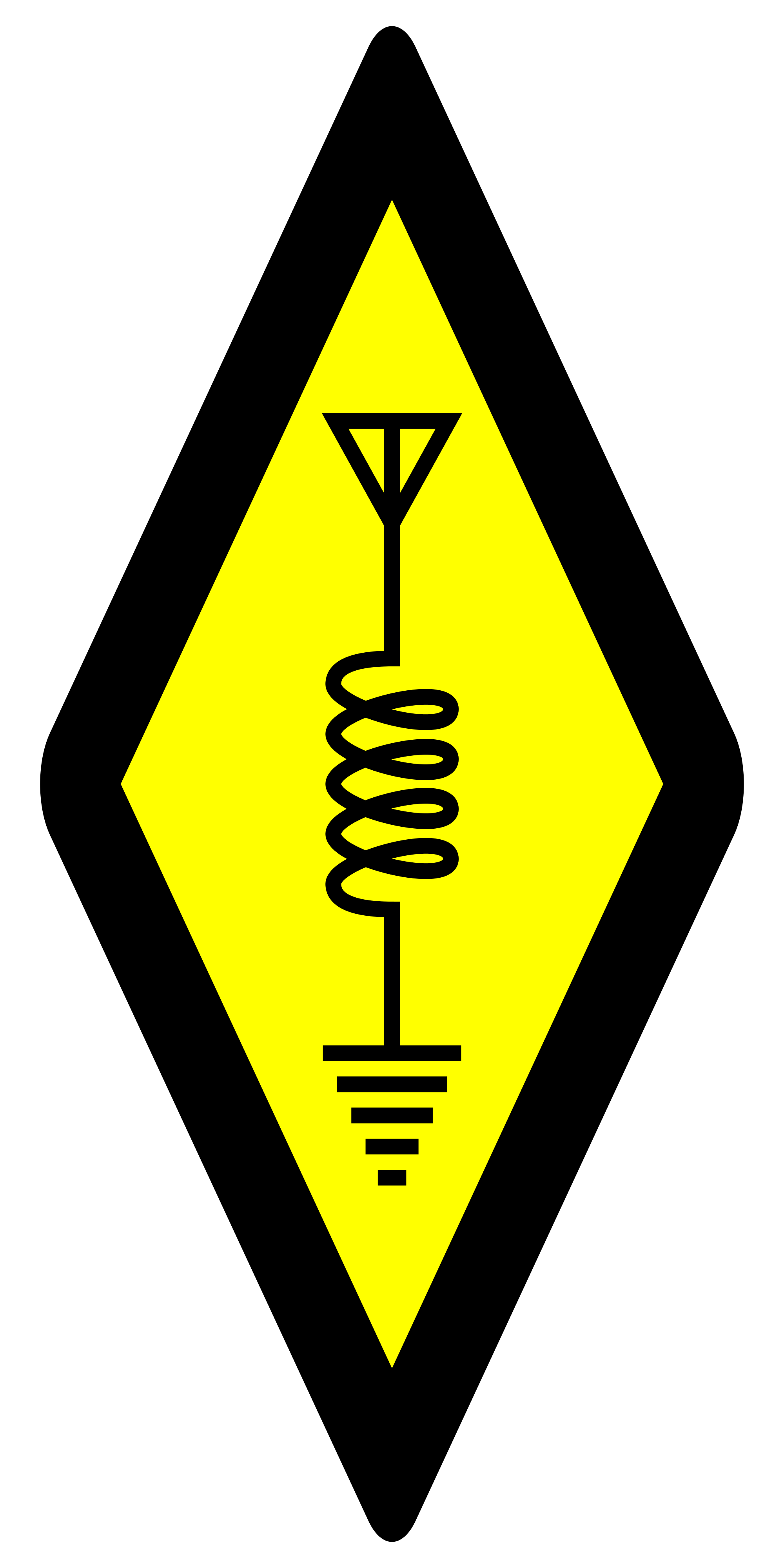I’ve got an itch to activate a particularly difficult-to-activate POTA park. The few who found success did so with a barely-qualifying amount of digital or CW contacts with the exception of two prominent and skilled phone operators (and one of them had to give it a second try another day). What brings the difficulty is the terrain: the park is a RF pit of despair beach with 20m tall shear cliffs into the surrounding mountains. It’s also remote enough to make spotting difficult; there’s no cell nor a APRS repeater for self-spotting.
There are a few strategies I could go for, like beaming into the ocean for KH and VK stations, but I think this park is just about the perfect case for NVIS propagation. I’ll probably give my EFHW a shot in an inverted V or sloper configuration, but I’m also thinking of building:
-
A basic dipole since I could pump more power into it than my existing EFHW transformer can handle.
-
A one-wavelength loop antenna. In theory a low loop offers a more circular radiation pattern than a dipole and slightly better gain. However, it’s twice as much wire to raise.
What kind of portable antenna would you choose to operate daytime NVIS? Do you have any other ideas or thoughts?


If you’re using vertical, then seawater is an excellent ground and you’ll get slightly directional pattern with maximum out to sea. This requires putting wires in the water
Vertical will have a null straight up though.
Also, the reflectance of the ocean to RF due to its conductivity has nothing to do with connecting an antenna terminal to it - it’s more like pointing a flashlight at a mirror.